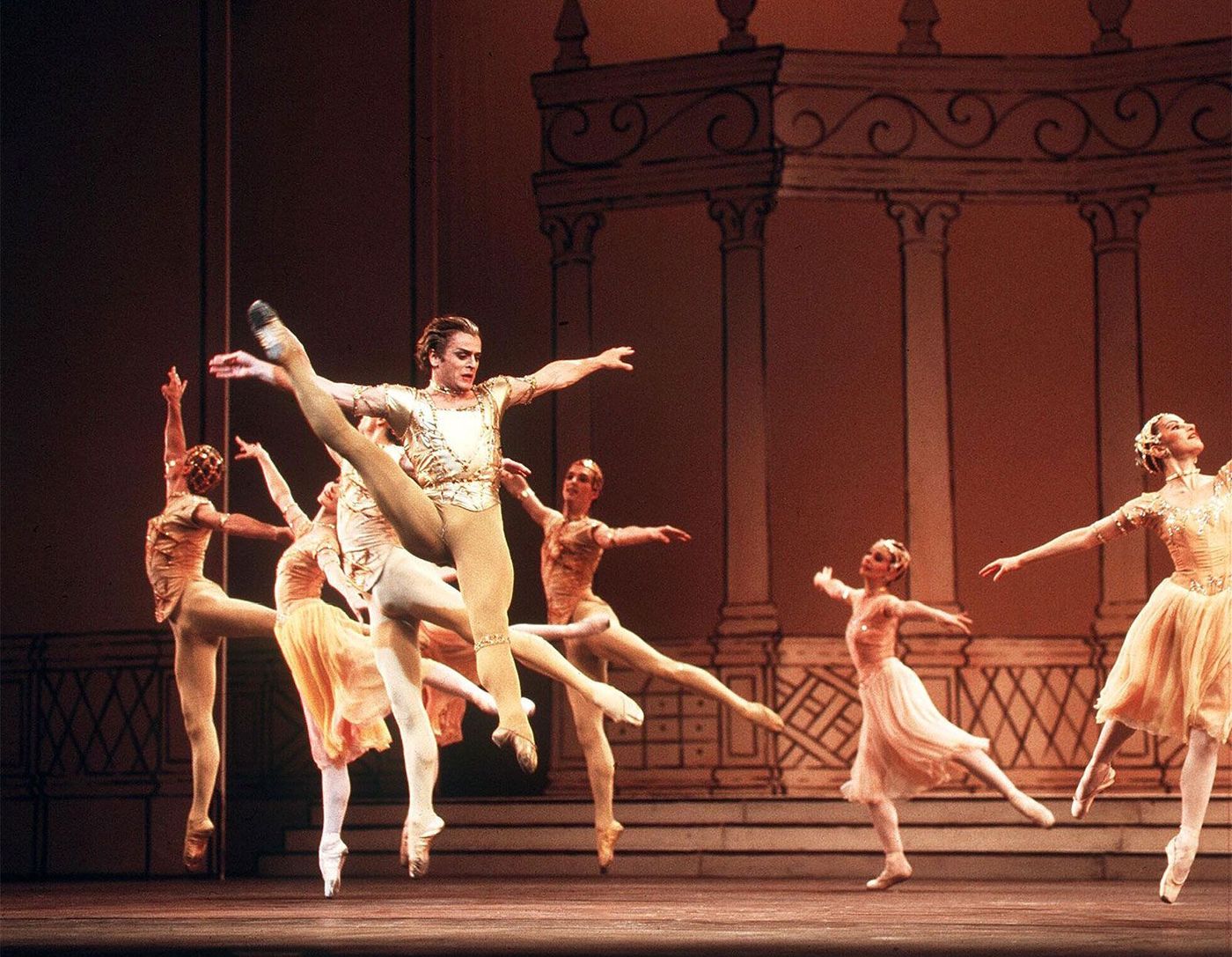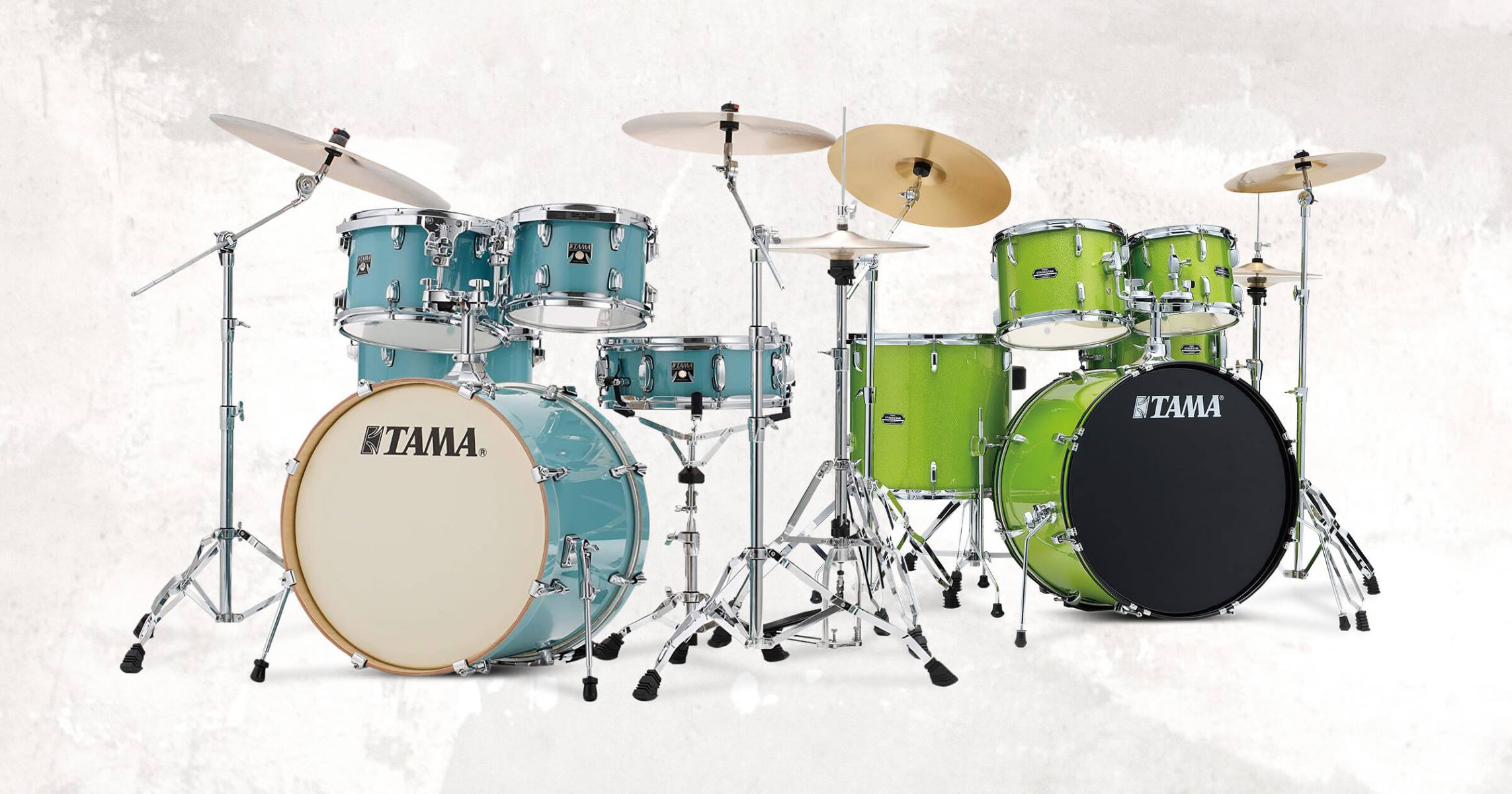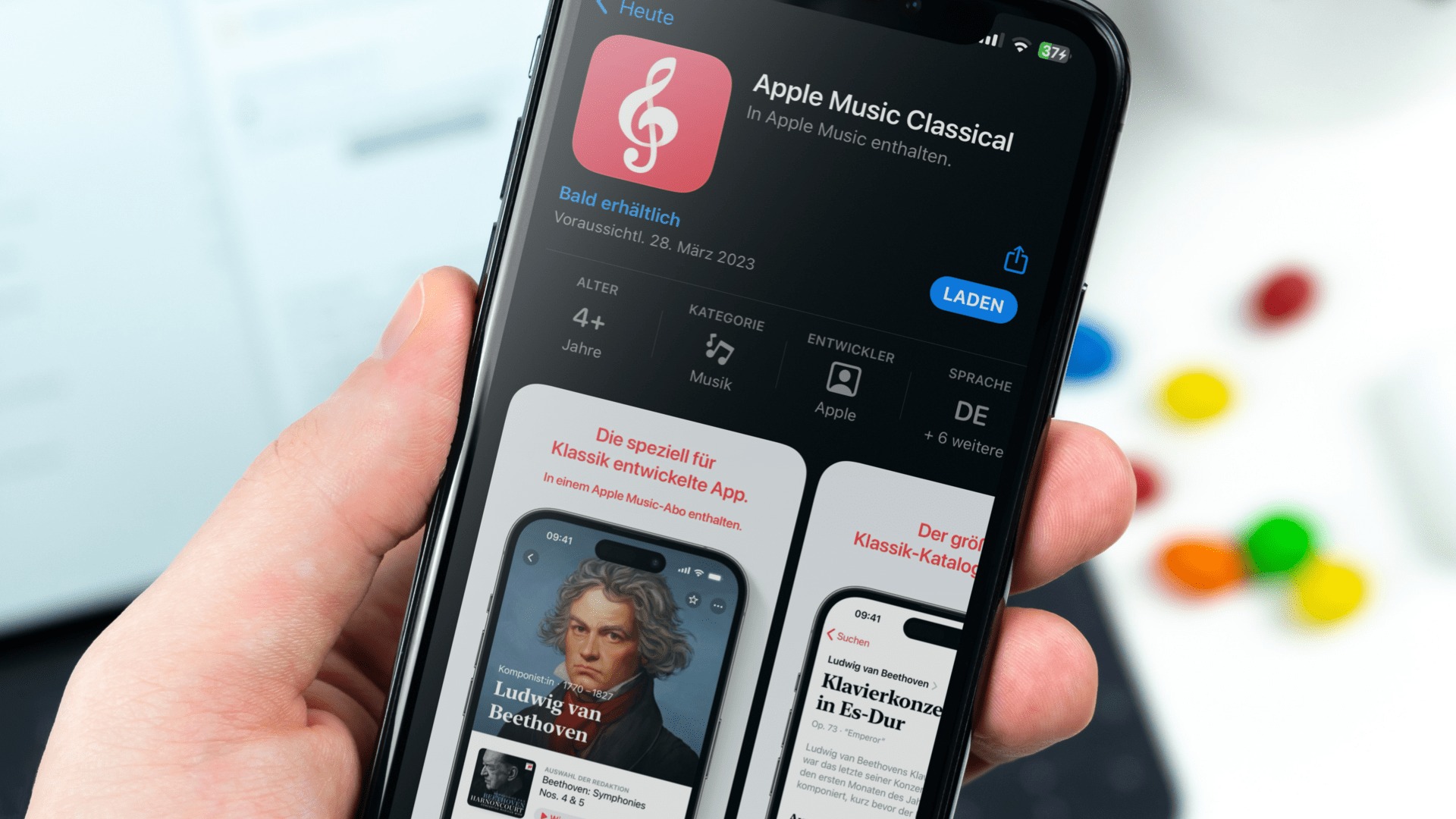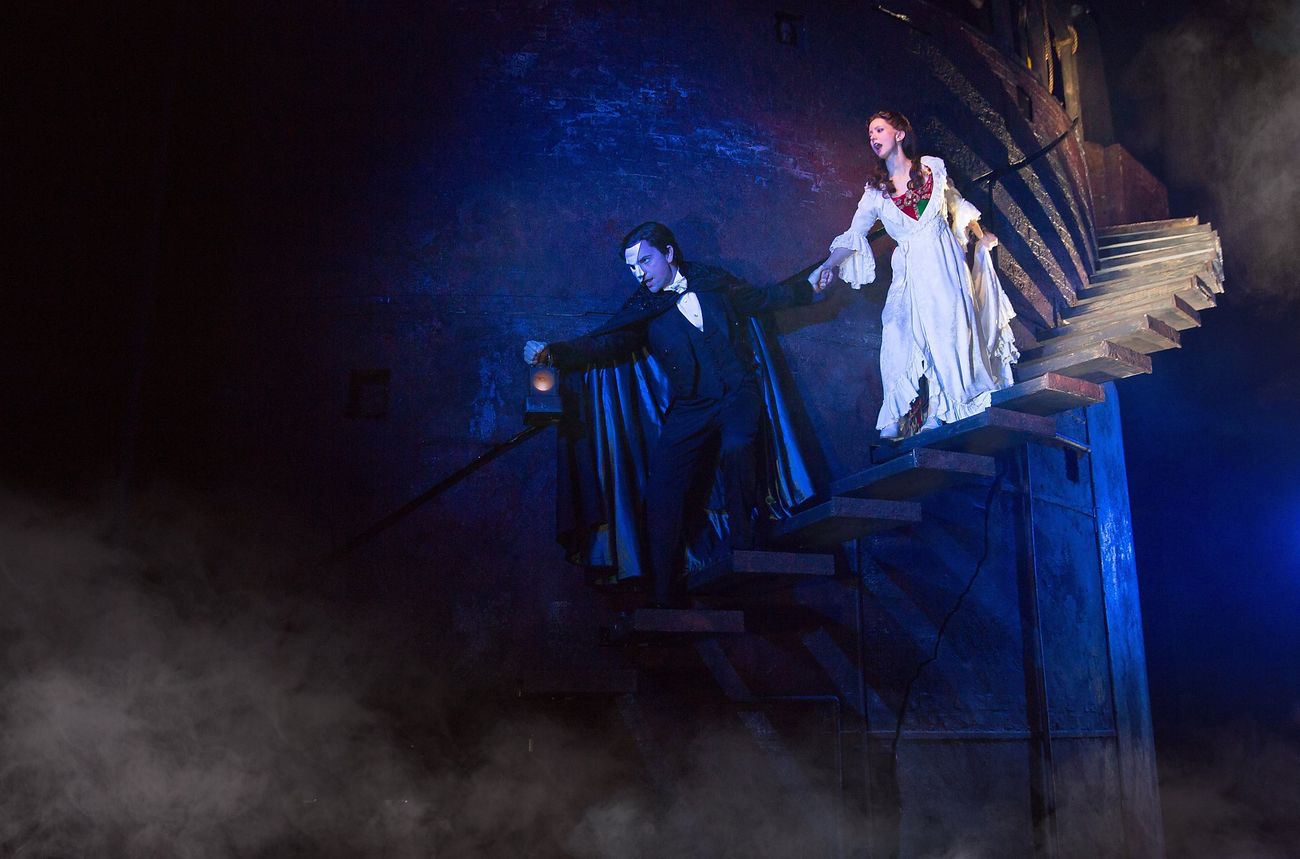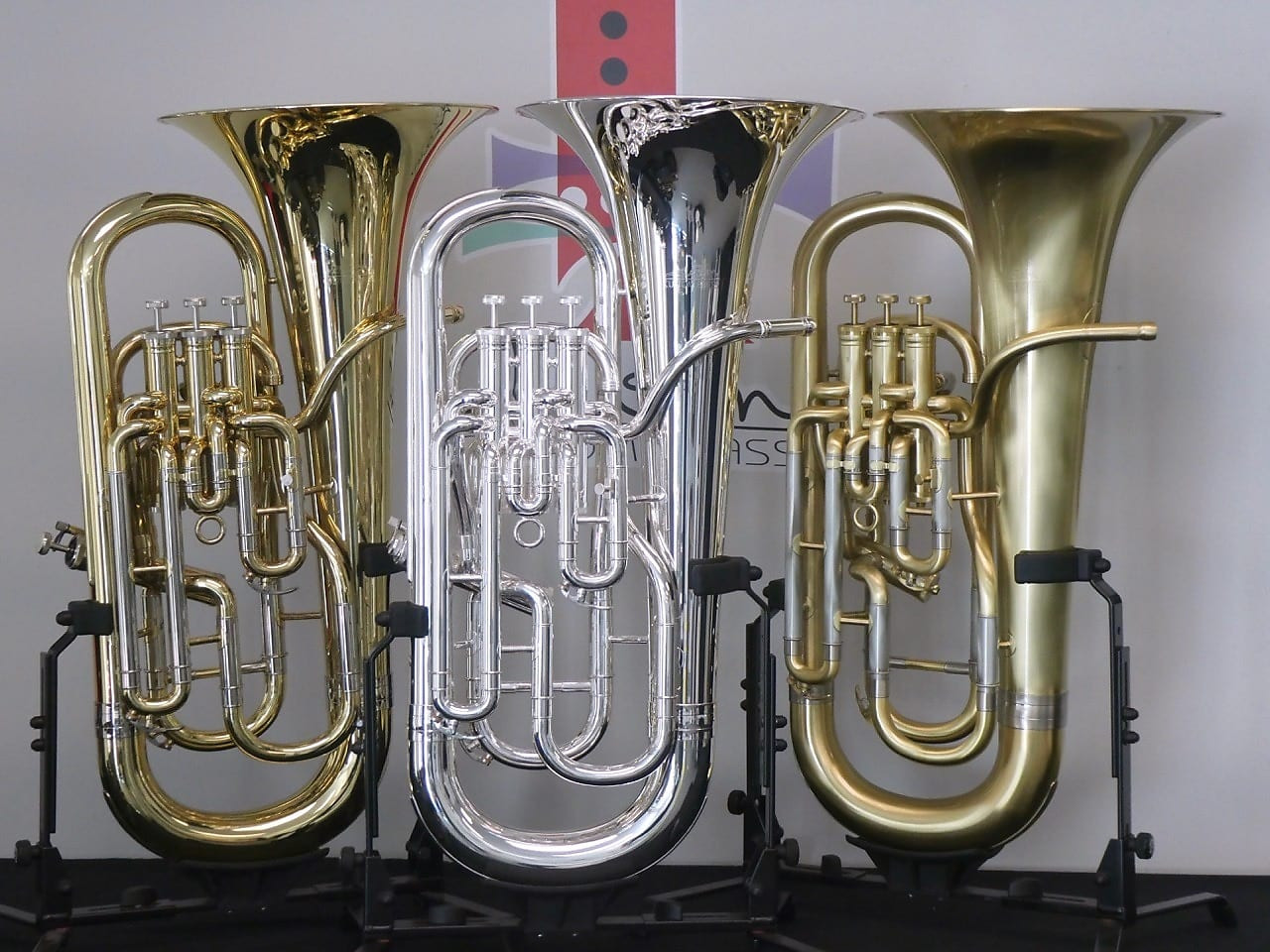Home>Instruments>Bass>When I Come Around Bass Tab
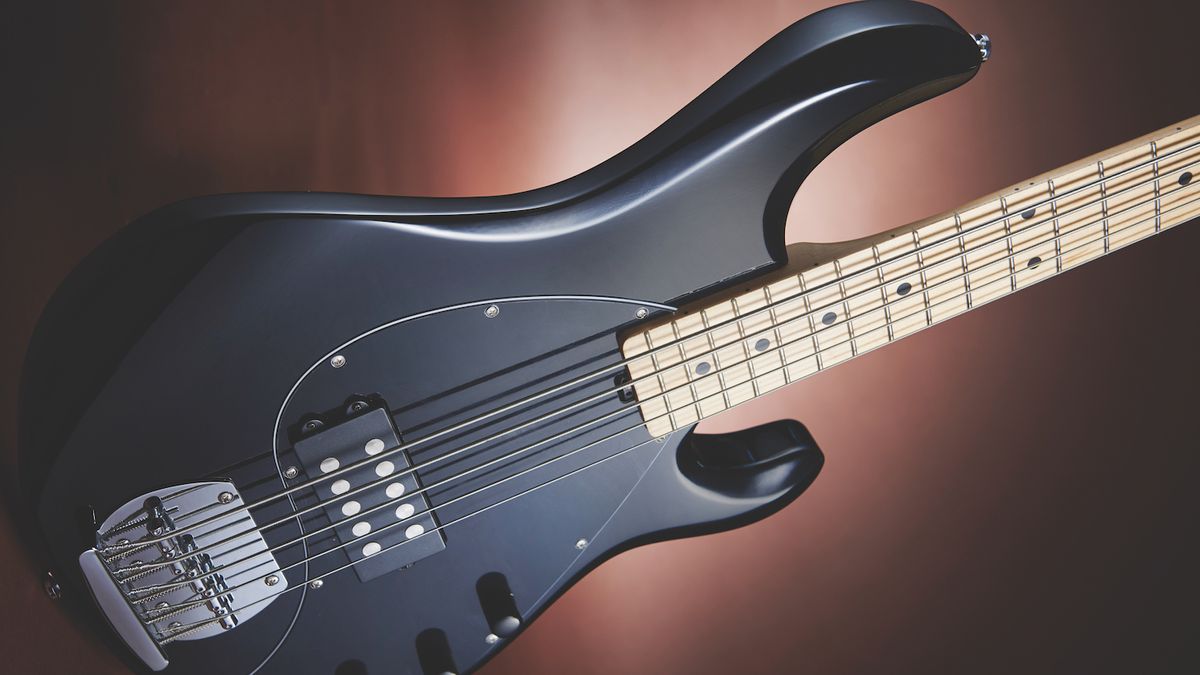

Bass
When I Come Around Bass Tab
Published: November 29, 2023
Looking for the bass tab of "When I Come Around"? Find the complete bass tab and learn to play this popular Green Day song on bass!
(Many of the links in this article redirect to a specific reviewed product. Your purchase of these products through affiliate links helps to generate commission for AudioLover.com, at no extra cost. Learn more)
Introduction
Welcome to the world of bass guitar! Whether you’re a beginner or an experienced musician, mastering the art of bass playing can unlock a world of possibilities. And what better way to start than by learning one of the most iconic bass lines in rock history – “When I Come Around” by Green Day. This timeless punk rock anthem features a melodic and catchy bass riff that perfectly complements the song’s energetic and rebellious spirit.
Released in 1994 as the fourth single from their breakthrough album, “Dookie,” “When I Come Around” quickly became a fan favorite and a staple in Green Day’s live performances. The bass line, played by Mike Dirnt, is not only memorable but also showcases the importance of the bass guitar in creating the song’s groove and driving the rhythm. By learning this bass line, you’ll not only gain a deeper understanding of bass playing techniques but also have a great song to jam along to.
Before we dive into the tablature and dissecting the song, let’s get familiar with some notation key that will be used throughout the article:
Notation Key
To accurately read and play the “When I Come Around” bass tab, it’s essential to understand the notation key. Here’s a breakdown of the symbols you’ll encounter in the tablature:
- Numbers: The numbers represent the frets on the bass neck. For example, if you see a “3” on the E string, it means you need to play the third fret on the bottom string (E string).
- Slashes: Slashes (/) indicate a slide. This means you smoothly transition from one note to another without lifting your finger off the string, creating a smooth gliding effect.
- Parentheses: Parentheses () denote ghost notes. These are softer, muted notes that add rhythm and texture to the bass line. To play ghost notes, lightly touch the strings without applying pressure to the fretboard and strum the strings.
- Pull-offs: A “p” denotes a pull-off. This technique involves playing a note and plucking the next lower note without striking the string again. The motion is similar to a mini “tug” motion.
- Hammer-ons: An “h” represents a hammer-on. This technique involves playing a note and then using a finger to quickly press down on the next higher note on the same string. The motion creates a seamless transition between two notes.
- Repeat Signs: Repeat signs (∞) indicate that a certain section or phrase should be repeated. Pay attention to the number of times the section should be played before moving on.
Now that you’re familiar with the notation key, let’s dive into the “When I Come Around” bass tab and learn how to play this classic bassline.
Verse 1
The verse section of “When I Come Around” is where the bass line sets the foundation for the song. It consists of a repeating pattern that drives the rhythm and adds a melodic flavor to the verses. Here’s the bass tab for the verse section:
G|--------------------------------| D|----5---------------------------| A|--5---5--7--5--3--5-------------| E|-------------------------------5-|
To play this section, start by positioning your hand on the 5th fret of the D string with your index finger. This will be your starting note. From there, follow the tab and play the sequence of notes indicated. On the A string, you’ll play a series of notes: 5, 5, 7, 5, 3, and 5. Finally, finish off the sequence by playing the 5th fret on the E string. This creates a descending melodic line that adds depth to the verse section.
Focus on maintaining a consistent rhythm and playing each note clean and clear. Use your plucking hand to strike the strings, making sure to alternate between using your index and middle fingers. This will help you achieve a smooth and even tone.
As you play through the verse section, pay attention to the timing and dynamics of the song. Green Day’s style often incorporates dynamic changes, so experiment with playing some notes slightly softer or louder to add variation and expressiveness to the bass line.
Once you’ve mastered the first verse, continue repeating the same bass pattern for the subsequent verses in the song. The verse section serves as a foundation that repeats throughout “When I Come Around,” providing a solid groove that keeps the song moving forward.
With the verse section under your belt, you’re well on your way to capturing the essence of “When I Come Around” on bass. Next, let’s explore the catchy and anthemic chorus of the song.
Chorus
The chorus of “When I Come Around” is where the bass line takes center stage and adds a catchy and melodic hook to the song. It is a simple but effective bass line that complements the energetic and anthemic nature of the chorus. Here’s the bass tab for the chorus section:
G|-----------------------------------| D|-----------------------------------| A|---5--7---3------------------------| E|--------------5----3----5/7---3-5--|
This chorus section features a repetitive sequence that adds a driving rhythm to the song. Start by playing the 5th fret on the A string and then quickly slide up to the 7th fret. This slide creates a smooth transition and adds a dynamic touch to the bass line. Then proceed to play the 3rd fret on the A string, followed by the notes on the E string: 5, 3, 5/7, and finally, 3-5 on the A string. This sequence creates a melodic and memorable hook that will get stuck in the listener’s head.
When playing the chorus, focus on maintaining a steady rhythm and emphasizing the notes in the right places. Use your plucking hand to strike the strings with precision and clarity. Experiment with the dynamics of the bass line, playing some notes slightly softer or louder to add variation and impact. This will help you capture the infectious and energetic spirit of the chorus.
Remember, the chorus is the part of the song that listeners eagerly anticipate, so make sure to bring out the catchy and melodic nature of the bass line. Once you’ve mastered the chorus section, you’ll be able to play along with the song’s infectious chorus and feel the full power of the bass line in driving the song forward.
Now that you’ve nailed the verse and chorus sections, you’re well on your way to playing “When I Come Around” on bass. Up next, let’s explore the second verse and see how the bass line builds upon the foundation set in the first verse.
Verse 2
In the second verse of “When I Come Around,” the bass line builds upon the foundation set in the first verse with slight variations and added flourishes. This helps to keep the song interesting and provides a sense of progression. Here’s the bass tab for the second verse section:
G|----------------------------------| D|----5-----------------------------| A|--5---5--7--5--3--5---------------| E|-------------------------5--3----|
The bass line for the second verse is very similar to the first verse, with a slight modification in the ending. Start by playing the 5th fret on the D string, just like in the first verse. Move on to the A string and play the sequence of notes: 5, 5, 7, 5, 3, and 5. However, towards the end of the sequence, you’ll play the 5th fret on the E string followed by the 3rd fret on the E string. These two notes add a subtle variation to the bass line and contribute to the overall groove and flow of the song.
As with the first verse, focus on maintaining a consistent rhythm and playing each note cleanly. Use your plucking hand to strike the strings with precision, alternating between using your index and middle fingers. This will help you achieve a smooth and even tone throughout the verse section.
Remember to pay attention to the timing and dynamics of the song. Green Day often incorporates dynamic changes in their music, so experiment with playing some notes slightly softer or louder to add variation and expressiveness to the bass line. This will help bring the second verse to life and capture the essence of the song.
Continue playing the second verse section with its variations as the song progresses. The repetition of the verse sections provides a solid foundation and helps maintain the song’s momentum. With the second verse mastered, you’re ready to move on to the bridge section of “When I Come Around.”
Bridge
The bridge section of “When I Come Around” introduces a change in the song’s progression and adds a sense of contrast and anticipation. This section serves as a bridge between the verses and the chorus, creating a dynamic shift in the overall composition. Here’s the bass tab for the bridge section:
G|-----------------------------------| D|-----------------------------------| A|--5-5-5-5-5-5-3-3-3-3-3-3-3-3-----| E|-----------------------------------|
The bridge is a repetitive sequence that focuses on the lower notes of the bass guitar, creating a deep and driving sound. Start by playing the 5th fret on the A string and continue repeating this note throughout the section. Use your plucking hand to strike the string with precision and consistency.
Pay attention to the timing and feel the groove of the bridge. It’s important to maintain a steady rhythm and accentuate the lower notes to create a powerful and driving bass line. Green Day’s punk rock energy shines through in this section, so embrace the intensity and play with conviction.
Keep in mind that the bridge section in “When I Come Around” serves as a transition and building point for the song. It sets the stage for the powerful chorus that follows, so make sure to play with confidence and precision.
Once you’ve mastered the bridge section, it’s time to dive into the interlude, a short instrumental break that adds a touch of variation to the song. Let’s explore the interlude and learn how to add even more flavor to your bass playing in “When I Come Around.”
Interlude
The interlude of “When I Come Around” serves as a short instrumental break that adds a subtle yet impactful variation to the song. It provides a moment of transition and anticipation before returning to the catchy chorus. Here’s the bass tab for the interlude section:
G|-----------------------------------| D|-----------------------------------| A|---5------3---7---5---3---------| E|-----------------------------------|
The interlude section features a simple sequence of notes that adds a melodic touch to the bass line. Start by playing the 5th fret on the A string, followed by the 3rd fret, 7th fret, and back to the 5th and 3rd frets. The notes in this section should be played with clarity and precision, emphasizing the melodic element of the interlude.
While playing the interlude, maintain a steady rhythm and pay attention to the timing. This section acts as a bridge between the bridge and the chorus, so you want to build up the anticipation and set the stage for the powerful return of the chorus. Experiment with the dynamics of the interlude, playing some notes slightly softer or louder to add variation and expressiveness to your bass playing.
Remember that the interlude is a brief moment of musical expression within the song. It adds a fresh layer to the bass line and showcases your playing style. Embrace the opportunity to infuse your own personality into this section while staying true to the tone and feel of “When I Come Around.”
With the interlude mastered, it’s time to return to the catchy chorus and bring the full force of the bass line back into play. Let’s explore the second chorus section and experience the energy and power that it brings to the song.
Chorus 2
The second chorus of “When I Come Around” delivers the same infectious and melodic bass line as the first chorus, building on the energy and intensity of the song. Here’s the bass tab for the second chorus section:
G|-----------------------------------| D|-----------------------------------| A|---5--7---3------------------------| E|--------------5----3----5/7---3-5--|
The second chorus features the same sequence of notes as the first chorus, creating a consistent and memorable bass hook. Start by playing the 5th fret on the A string, then move to the 7th fret on the same string. Proceed to play the 3rd fret on the A string, followed by the notes on the E string: 5, 3, 5/7, and finally, 3-5 on the A string. This sequence of notes adds a driving and melodic element that propels the chorus forward.
When playing the second chorus, focus on maintaining a solid rhythm and bringing out the catchy and melodic nature of the bass line. Emphasize the notes that fall on the downbeats and accentuate the slides and transitions to create a dynamic and engaging performance. Use your plucking hand to strike the strings with precision and clarity, ensuring that each note rings out clearly.
As with the first chorus, feel free to experiment with dynamics and variations in your playing. Green Day’s music is known for its punk rock energy, so don’t be afraid to bring some extra intensity and attitude to your performance. Play some notes slightly louder or softer to add dynamics and expression to the bass line, capturing the rebellious and energetic spirit of the song.
Mastering the second chorus will allow you to fully embrace the power and catchiness of “When I Come Around” on bass. With this section locked in, you’re well on your way to nailing the song from start to finish. Now, let’s explore the final verse and prepare for the epic outro of the song.
Verse 3
The third and final verse of “When I Come Around” brings the song to a climactic point, building upon the foundation of the previous verses. It serves as a culmination of the song’s energy and sets the stage for the epic outro. Here’s the bass tab for the third verse section:
G|-----------------------------------| D|----5------------------------------| A|--5---5--7--5--3--5----------------| E|-------------------5--3------------|
The bass line for the third verse closely follows the pattern of the previous verses with slight variations. Start by playing the 5th fret on the D string, then move on to the A string and play the sequence of notes: 5, 5, 7, 5, 3, and 5. This creates a descending melodic line that adds depth and intensity to the verse section.
As with the previous verses, focus on maintaining a consistent rhythm and playing each note cleanly. Use your plucking hand to strike the strings with precision and alternate between using your index and middle fingers. This will help you achieve a smooth and even tone throughout the verse section.
Feel the energy and momentum build as you play through the final verse. Green Day’s music is known for its punk rock attitude and intensity, so channel that spirit into your playing. Experiment with dynamics, playing some notes slightly softer or louder to add variation and impact to the bass line.
The third verse sets the stage for the exciting outro of the song, so make sure to showcase your proficiency and bring the song to a powerful close. Once you’ve mastered the third verse, it’s time to dive into the final section of “When I Come Around” – the outro.
Outro
The outro of “When I Come Around” serves as a climactic ending to the song, leaving a lasting impact on listeners. It features a dynamic and powerful bass line that brings the song to its final resolution. Here’s the bass tab for the outro section:
G|-------------------------| D|-------------------------| A|-------------------------| E|-3-3-3-3-3-1-1-1-1-----|
The outro section is relatively simple but delivers a punchy and driving bass line. It primarily focuses on playing the 3rd fret and 1st fret on the E string in a repeating pattern. This creates a relentless and powerful rhythm that propels the song towards its finale.
Keep the rhythm tight and consistent as you play the outro. Use your plucking hand to strike the strings with precision, emphasizing the downbeats to emphasize the driving nature of the bass line. Feel free to add some variations and accents to make the outro your own, injecting your personal style into the final moments of the song.
As you approach the end of the song, let your energy and intensity shine through. Green Day’s music is known for its raw passion, so bring that energy to your bass playing and make the outro section truly memorable.
Remember to stay locked in with the rhythm and maintain a solid connection with the rest of the band if playing in a group setting. The outro section is the culmination of the song, and a tight and cohesive performance will leave a lasting impression on listeners.
Congratulations! You’ve now learned how to play “When I Come Around” on bass from start to finish. This iconic Green Day anthem showcases the importance of the bass guitar in driving the rhythm and adding melodic flavor to a song. Take pride in mastering this bass line and feel free to incorporate your own style and flair as you play along.
Keep practicing, experimenting, and exploring other songs to continue growing as a bass player. The more you dive into the world of bass, the more you’ll discover the endless possibilities and the profound impact that this instrument can have on any musical composition.




